A Blueprint for Large-Scale Seagrass Restoration along the UK Coastline
Establishing a comprehensive seagrass biodiversity baseline in Falmouth Harbour to support seagrass biodiversity improvement projects across the UK.
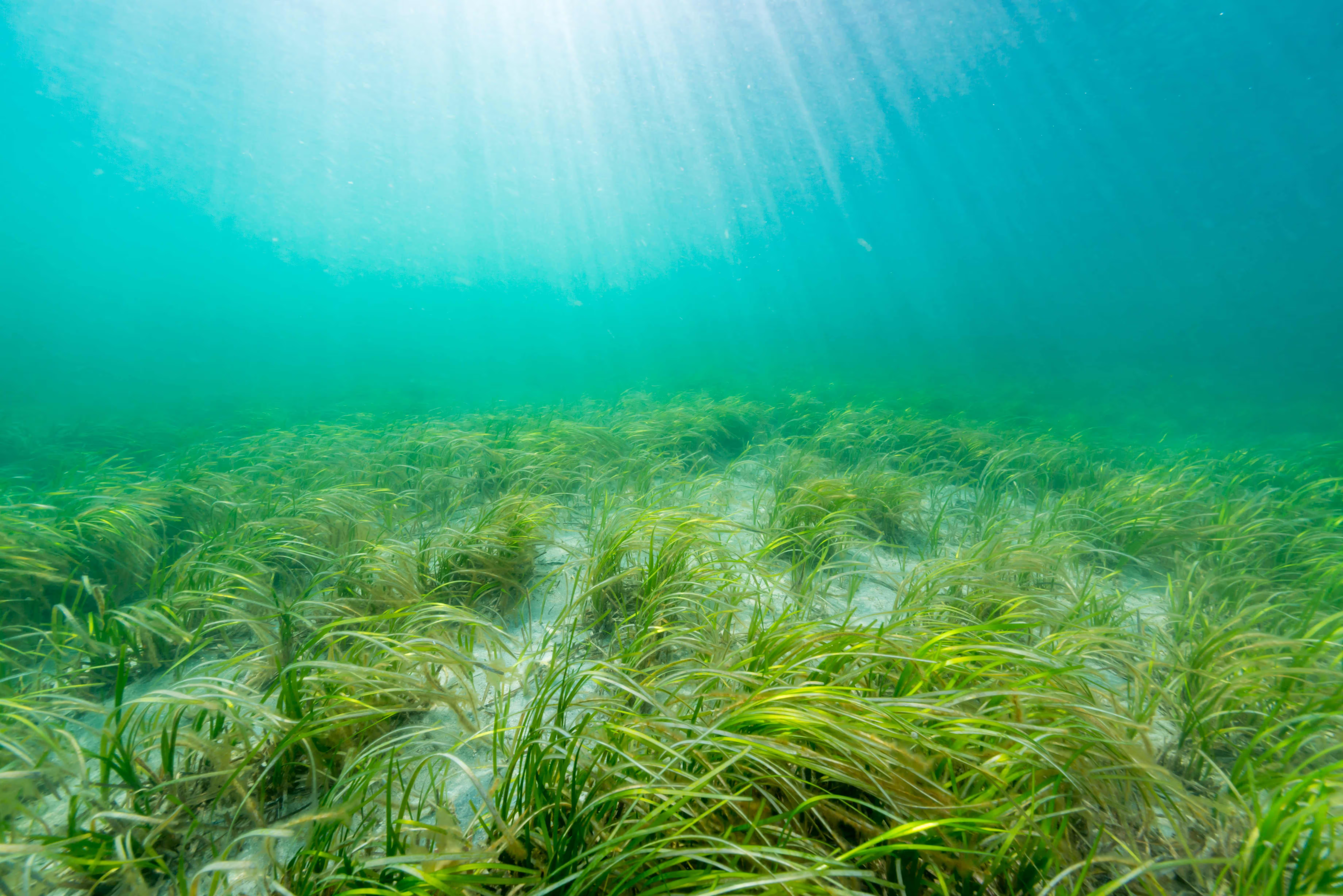
A collaboration between
Project Snapshot
Overview
eDNA surveys provided critical biodiversity insights to support the Ocean Conservation Trust and Blue Meadow’s pioneering project to protect and restore 100 hectares of seagrass meadows in Falmouth Harbour and along the south coast of the UK. Our monitoring solution is providing the data needed to track restoration outcomes, efficiently report back restoration outcomes to stakeholders, and make the case for expanded conservation measures. Seagrass monitoring using eDNA is now being scaled across all Blue Meadow sites.

The Challenge
The Ocean Conservation Trust and Blue Meadows have a 5-year goal to protect and regenerate 700 hectares of seagrass meadows across the UK through conservation and restoration efforts. They needed a biodiversity monitoring method that was highly scalable to cover this extensive area, track the outcomes of their interventions, and a framework to easily report these outcomes back to stakeholders and the public. Conventional survey methods that had been previously trialed, including baited underwater videos (BRUVs), were too expensive and time-consuming to provide ecosystem-scale insights.

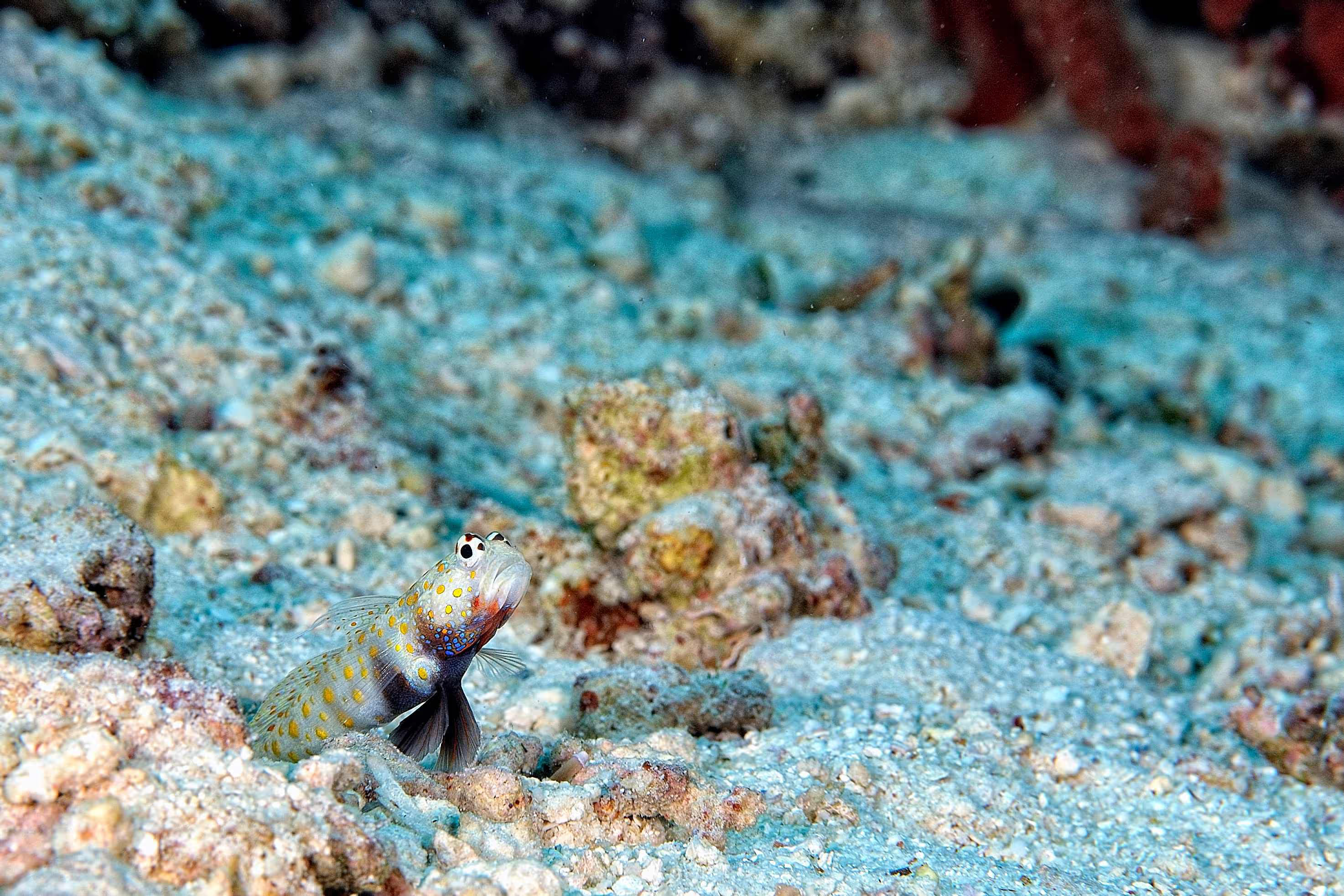
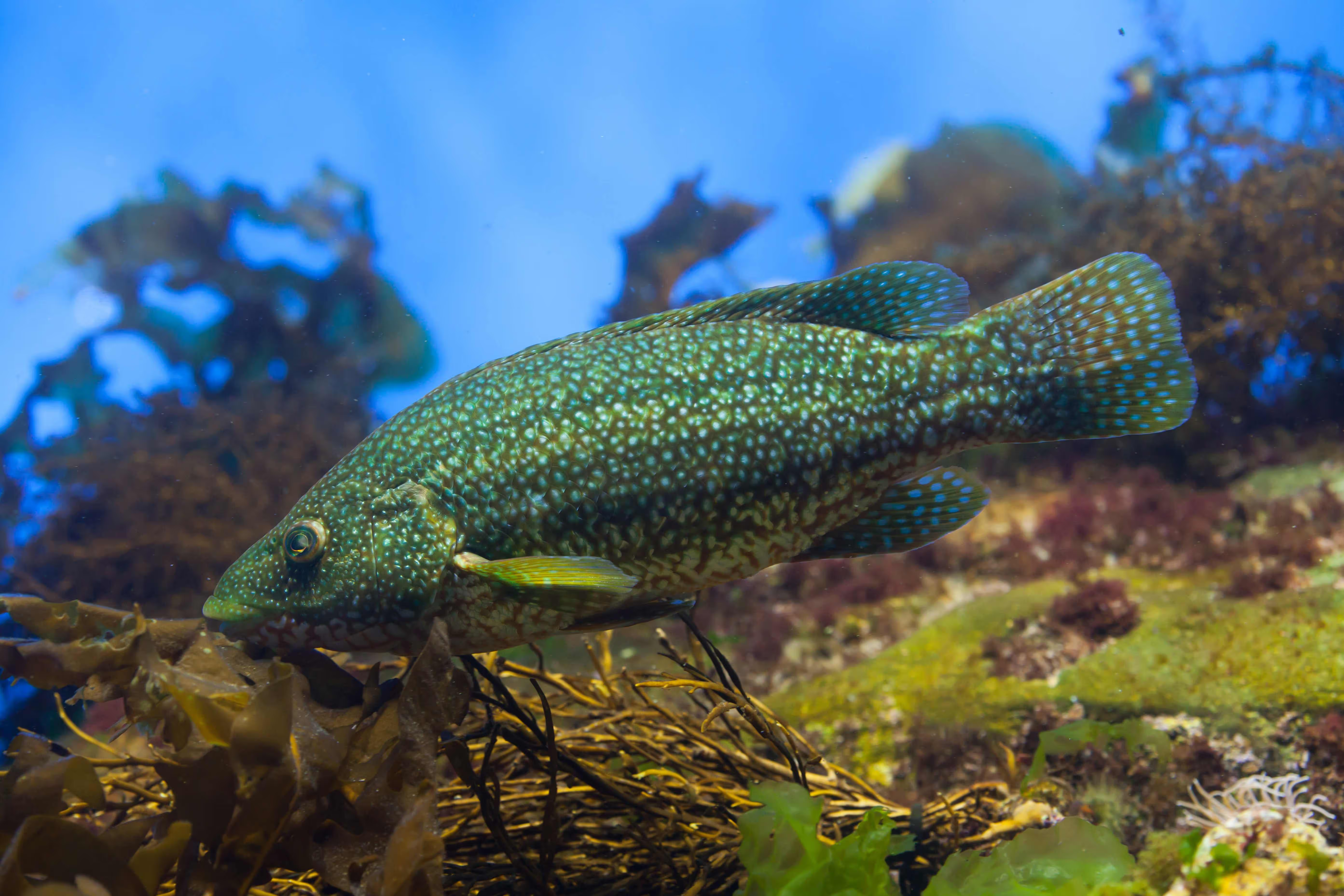
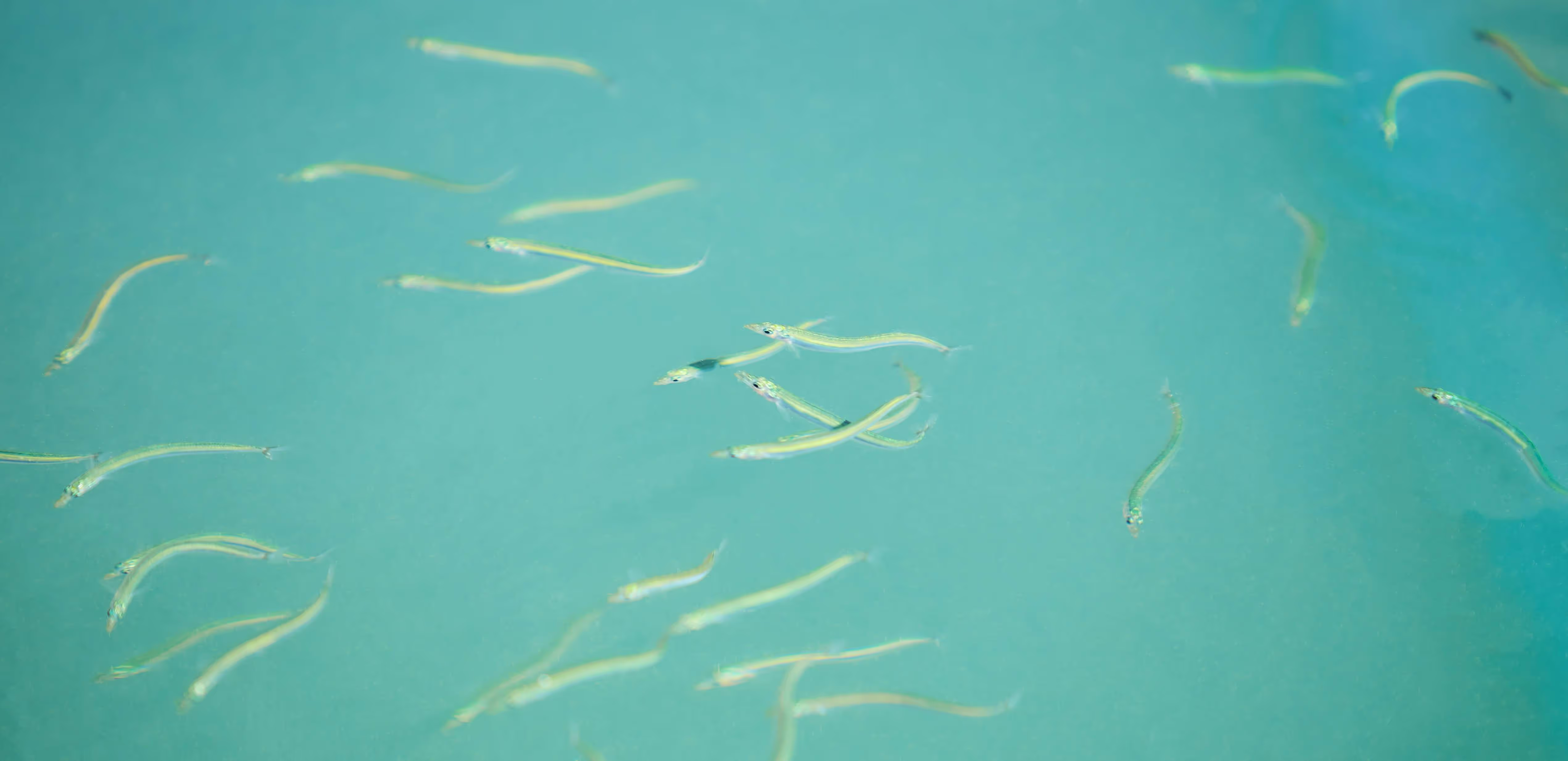
.avif)
Our Role
NatureMetrics provided an efficient, cost-effective eDNA solution capable of monitoring biodiversity across whole regions of seagrass habitat and informing conservation decisions through simple metrics and insights. To establish a robust biodiversity baseline across the Trust's restoration sites in Year 1 of this project 18 sites were surveyed and analysed using the NatureMetrics fish metabarcoding service.

The Findings
The data revealed over 50 species. These included several species of pipefish, gobies, blennies, wrasses, clingfish, rockling and sand eels as well as the more familiar commercially-fished species.
Sand-eels and sand smelt were the dominant species, accounting for over half of the total eDNA signal in almost every sample.

The Impact
eDNA monitoring equips the Ocean Conservation Trust and Blue Meadows to:
- Evaluate the ecological progression of sites following seagrass planting, tracking restoration success.
- Efficiently monitor large-scale regeneration projects that have received investment and report back to stakeholders.
- Detect threats like invasive species and pollution impacts early.
- Engage the local community in sampling events
- Communicate insights to the recreational users and community members whose livelihood is influenced by the habitat.
By enabling robust, comparable, monitoring of seagrass biodiversity across the UK as restoration activities progress, including key fisheries species, eDNA technology supports the Trust's mission to reverse decades of decline in these invaluable habitats at scale. There are now plans to scale eDNA monitoring across all Blue Meadow sites and complete comparable surveys in every season.






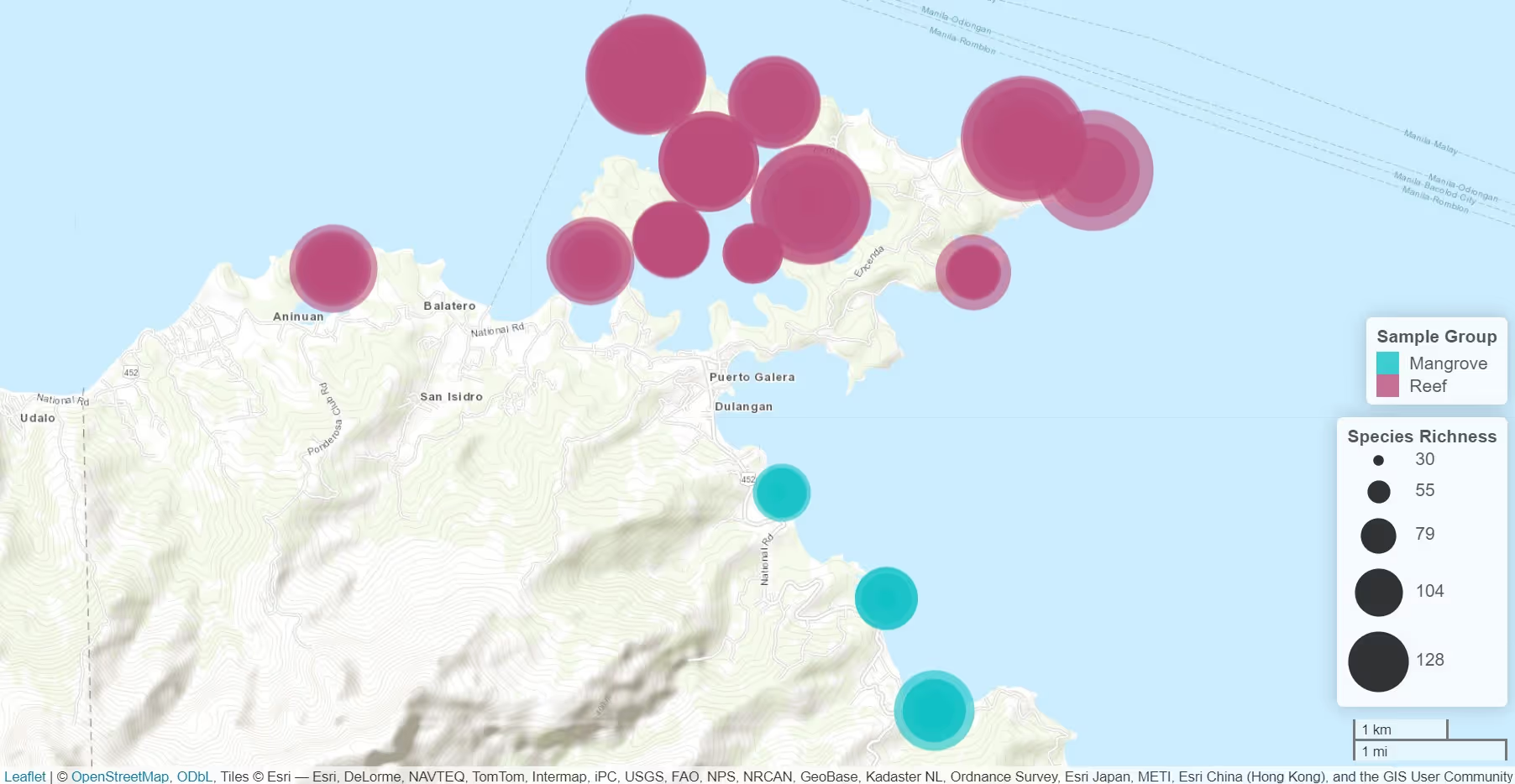
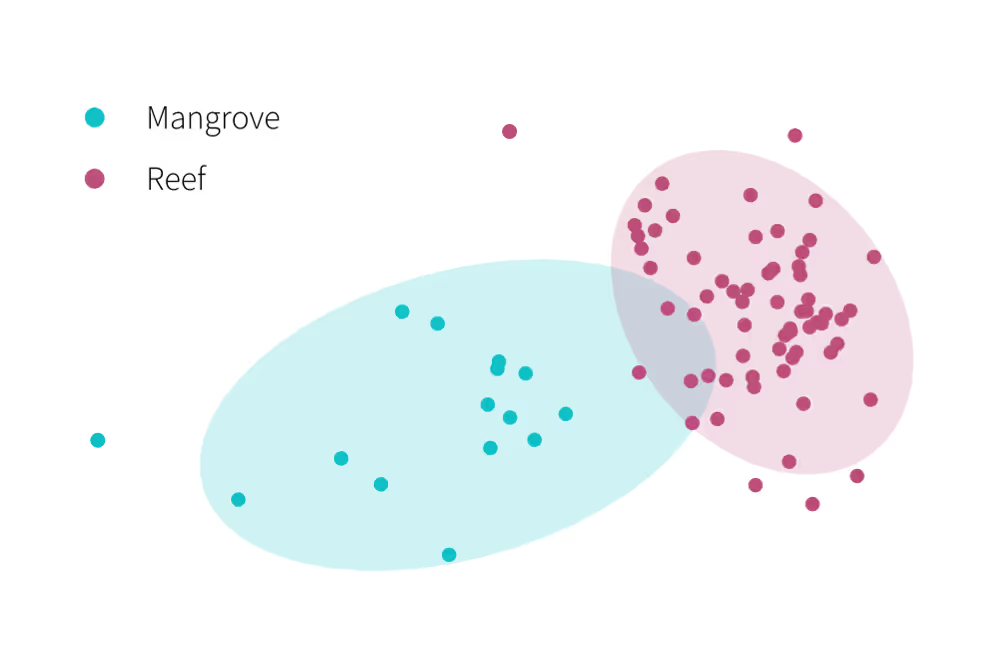
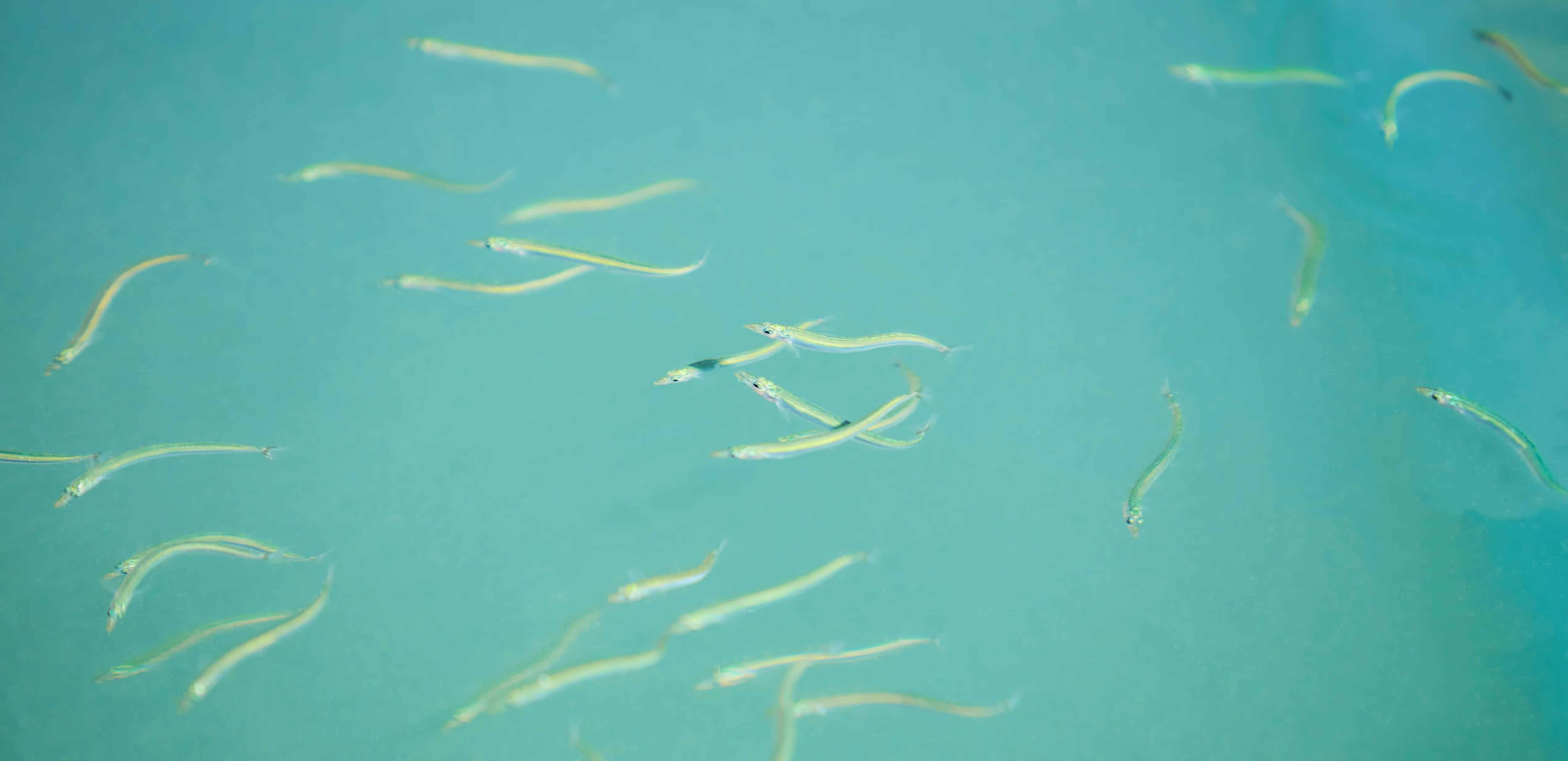
.avif)